Fotografía: Diego Delso en Wikimedia Commons.

La iglesia de Santiago Tlatelolco fue el templo del gran Colegio de la Santa Cruz de Tlatelolco. Se menciona por separado aquí, ya que ha funcionado como una parroquia católica separada durante muchos años. Frecuentemente confundido con, o entendido en lugar del complejo universitario más grande, es la presencia más dominante en la Plaza de las Tres Culturas. De las tres culturas representadas en la Plaza, la iglesia se destaca claramente en la cultura de la experiencia colonial Mexicana. Su historia es inseparable de la del Colegio, al sur y al oeste del templo actual.
El templo se inició poco después de la caída de Tenochtitlán, en 1521. Se dice que los españoles eligieron el lugar porque los guerreros mexicas se habían resistido a la conquista durante unos 80 días desde ese mismo lugar. Sin duda, también eligieron el lugar por su clara importancia ceremonial y ritual para el pueblo de Tlatelolco.
Santiago Tlatelolco es un ejemplo de primer orden del intento español de destruir la cultura precedente. La iglesia está claramente hecha de los restos reciclados de los templos circundantes. Un fragmento de una deidad de piedra asociada con tierras de cultivo es aún visible en el lado este del edificio, en la parte trasera del ábside.
El templo que vemos hoy fue construido por los Franciscanos. Bajo la dirección de Fray Juan de Torquemada, se terminó en 1609. Ese mismo año, los franciscanos colocaron en su interior tres retablos, incluidos en los dos laterales. En el siglo XVIII, se decía que la iglesia estaba llena de retablos y estos fueron rehechos en 1763. La iglesia solo dejó de funcionar como templo católico en 1861, año en que se quitaron los retablos y gran parte del interior se perdió. La iglesia fue remodelada y reaperturada en 1964.
Hoy, la Iglesia de Santiago Tlatelolco, quizá más que muchas otras iglesias, puede parecer un símbolo bastante siniestro de la colonización española y la imposición católica sobre las Américas. Lee la entrada sobre el Colegio de Santa Cruz para obtener una idea más completa de la institución educativa y su contribución final a nuestra comprensión del periodo. Es algo que continúa incluso hasta el día de hoy. Y no te pierdas los muchos otros lugares para ver alrededor de la Plaza de las Tres Culturas.
 +525557822138
+525557822138
 https://www.tlatelolco.inah.gob.mx/index.php/recorridoss/iglesia
https://www.tlatelolco.inah.gob.mx/index.php/recorridoss/iglesia

Cercano a 0.06 kms.
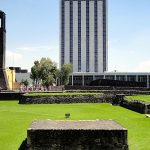
Cercano a 0.07 kms.
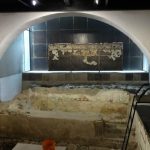
Cercano a 0.07 kms.

Uno de los sitios más importantes de la ciudad. No pierdas la oportunidad de visitar el Templo Mayor.
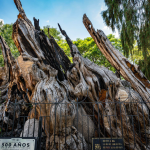
El sitio de la legendaria derrota de Hernán Cortés en 1520, a lo largo de la antigua calzada.

No te puedes perder El Museo del Fuego Nuevo.
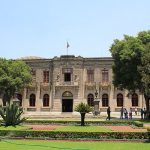
El Castillo de Chapultepec es uno de los principales sitios de la ciudad, ¡y también uno de los más altos que puedes visitar!
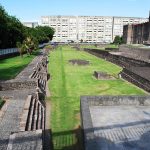
Una de las excavaciones más prolíficas de los barrios centrales de la Ciudad de México, esta, continúa revelando más...